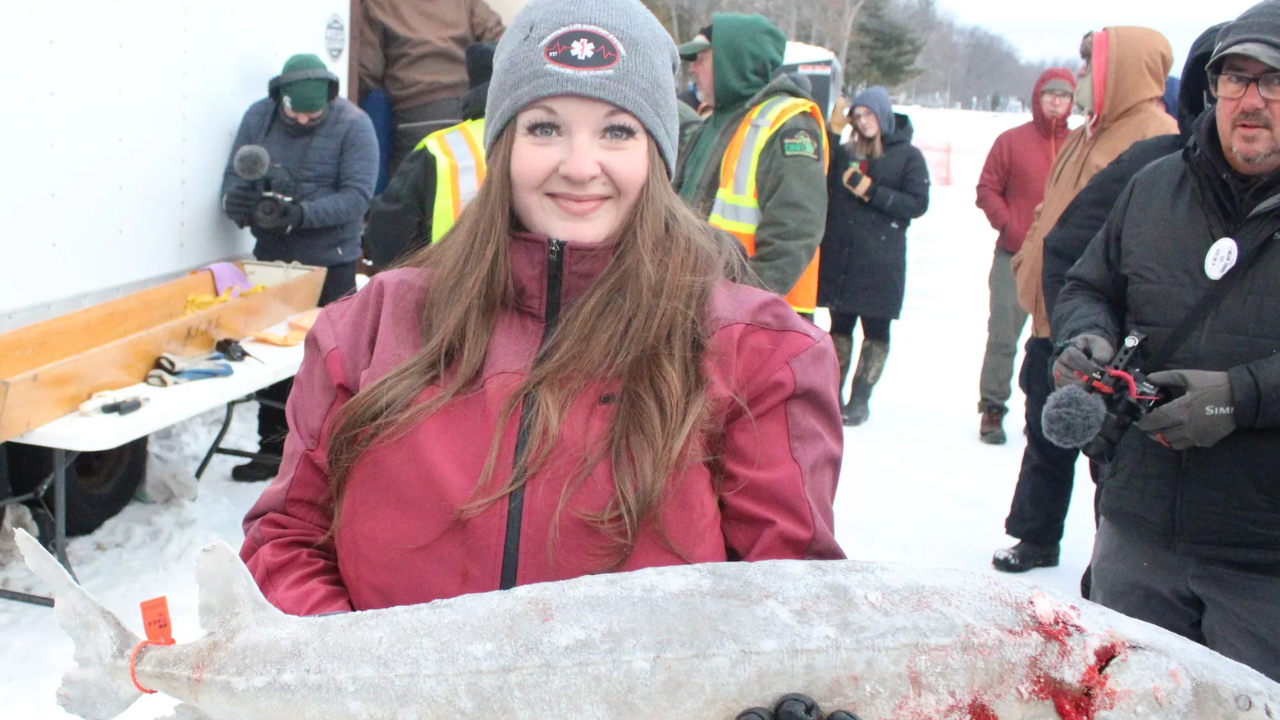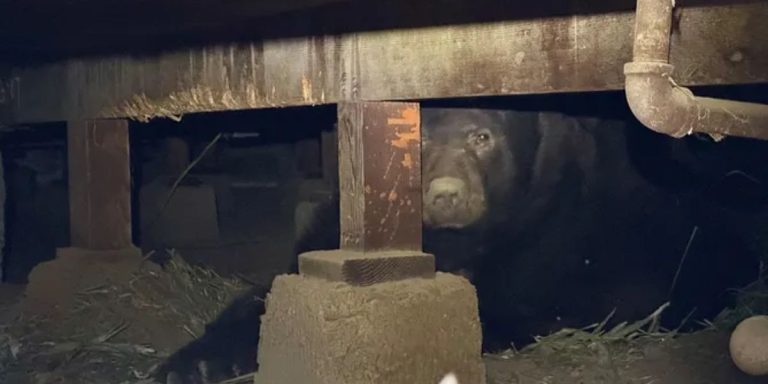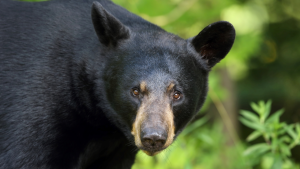Race Day Live Michigan’s shortest fishing season in 2025 lasted only 17 minutes.
The lake sturgeon fishing season on Black Lake in Cheboygan and Presque Isle counties started at 8 a.m. on Saturday and ended at 8:17 a.m. after six sturgeon were caught, meeting the quota.
Just three minutes after the season began, the Michigan Department of Natural Resources (DNR) sent a text alert announcing that the first fish had been caught by Gavin Green from Onaway.
The rest followed quickly, with catches reported at 8:05 a.m., 8:07 a.m., 8:08 a.m., 8:14 a.m., and 8:17 a.m.
The biggest sturgeon caught was 64 inches long and weighed 78.3 pounds. It was caught by Austin Dreifuerst, according to reports from the nonprofit Black Lake Chapter of Sturgeon for Tomorrow.
Here are the sizes and weights of the sturgeon caught in order:
- 45.7 inches, 18.8 pounds (Deborah LaLonde)
- 43.5 inches, 18.2 pounds (Gavin Green)
- 46.1 inches, 19 pounds (Keegan Freel)
- 64 inches, 78.3 pounds (Austin Dreifuerst)
- 56.7 inches, 41.9 pounds (Dan Sheppard)
- 51 inches, 25.5 pounds (Jared Guelig)
- 60.5 inches, 47.8 pounds (Richard Markowski)
Anglers were only allowed to catch one sturgeon each and had to report their catch immediately to DNR officials on the ice.
The season officially ended once six fish were caught or by 2 p.m. on Wednesday if fewer than six had been harvested.
DNR notified anglers through text messages and on-site announcements when the season was over. Each time a fish was caught, a text message was sent to all participants.
Both spearing and hook-and-line fishing were allowed for lake sturgeon, and there were no size restrictions.
Last year, the season was canceled for the first time due to poor ice conditions. In 2023, the season lasted 65 minutes, with the biggest fish being a 55.5-inch female weighing 35.5 pounds. In 2022, the season lasted only 36 minutes.
Read More:
- More Black Bears Are Roaming Michigan Than You Think—Should You Be Worried?
- Rattlesnake Hub: 5 Colorado Locations Plagued with Snakes
Lake Sturgeon in Black Lake
Lake sturgeon is one of the oldest fish species in the Great Lakes. Their population declined dramatically in the 1800s due to habitat loss, pollution, and overfishing.
Michigan banned lake sturgeon fishing in 1928. In 1948, limited sport fishing was allowed on some lakes, including Black Lake, with a two-month season in January and February. The rules changed over time, with size limits increasing and the season length being adjusted.
By the late 1990s, concerns over declining sturgeon numbers led to stricter regulations. In 2000, the season was limited to nine days or until five fish were caught.
In 2010, the rules were changed again to allow unlimited participation, with the season-ending after five days or when the quota was reached. The size limit for harvested fish was also removed to protect mature females.
In 2011, safeguards were put in place to ensure quotas were not exceeded.
Conservation efforts have helped the sturgeon population grow over the past 20 years. The DNR and other groups have worked on rearing, stocking, researching, and protecting spawning fish, leading to a slow but steady recovery.
Disclaimer- Our team has thoroughly fact-checked this article to ensure its accuracy and maintain its credibility. We are committed to providing honest and reliable content for our readers.

























+ There are no comments
Add yours